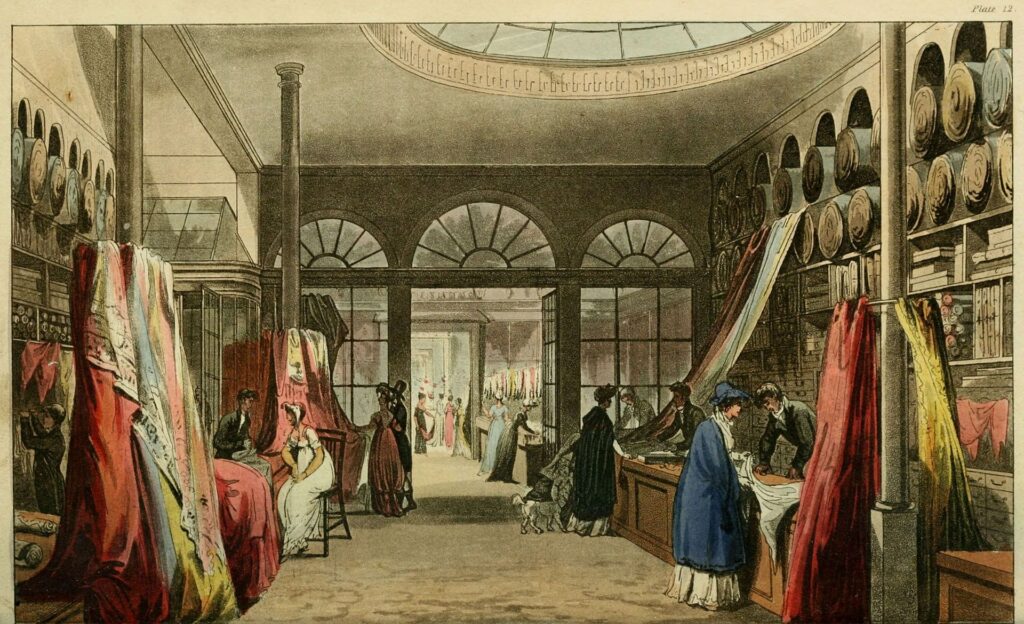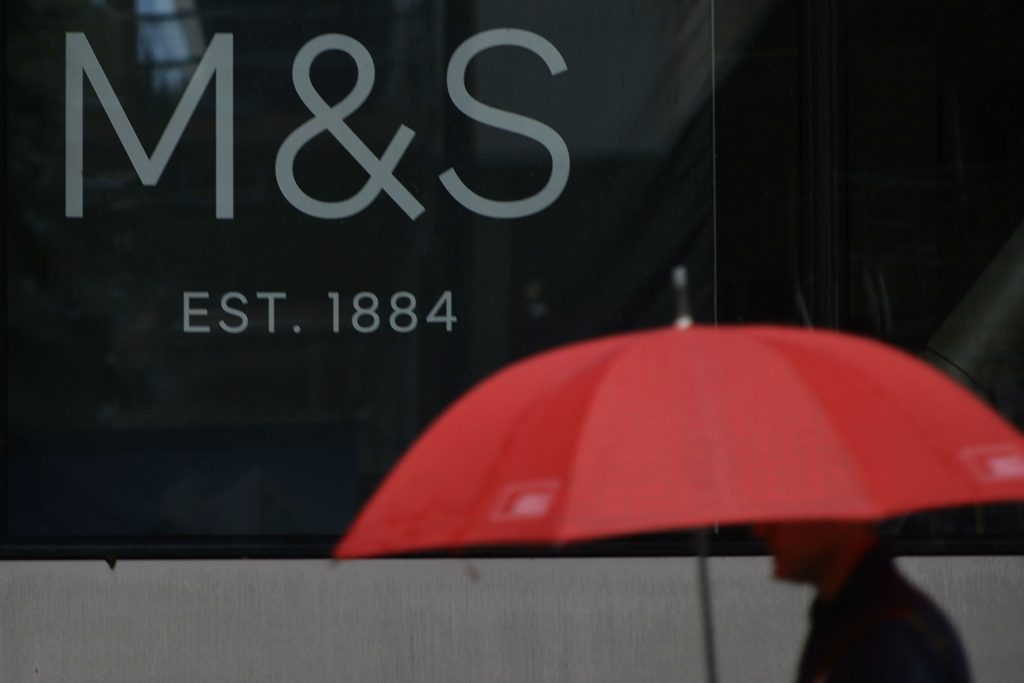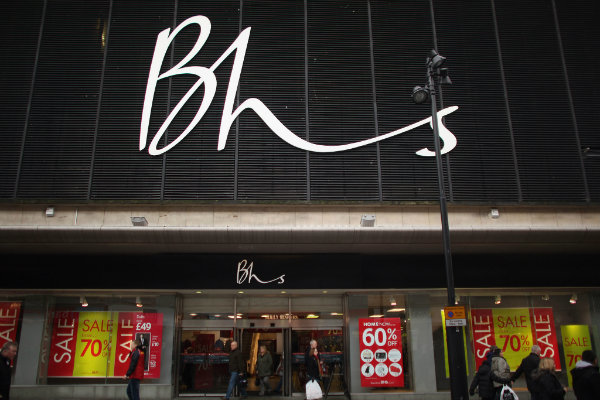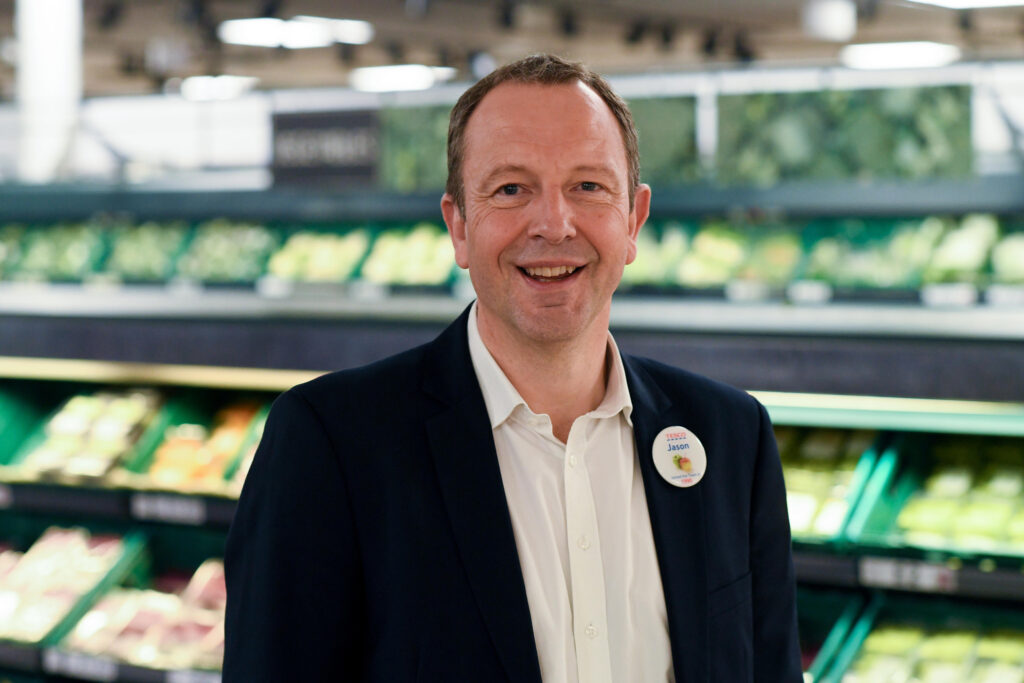- Derry & Toms
Derry & Toms was a London department store founded in 1853 and located on Kensington High Street, London.
The building was most famous for its Roof Gardens, now listed as Grade II , which opened in 1938 and still exists today.
In 1973 the store was closed and became home to Big Biba, which subsequently closed in 1975. Since then the building has housed Marks & Spencer, H&M and Gap, and the offices for Sony Music UK and Warner Music Group.

2. Schofields
Schofields was a department store in the Leeds city centre, England, that operated from 1901 to 1996.
Founded by Snowden Schofield, the store – located on The Headrow – was originally a single unit selling “fancy drapers and milliners” that was staffed by two people. It soon expanded over the years into other units.
In 1988 the store was sold to the Al Fayed brothers, who also owned Harrods and House of Fraser at the time. Schofields subsequently became part of the House of Fraser family but retained its name. However, in 1996, it closed down amid competition from the House of Fraser store on Briggate.

3. Hanningtons in Brighton
Hanningtons, founded in 1808, was a department store in Brighton which had an unbroken history of trading for nearly 200 years until its closure in 2001.
It was the city’s oldest and largest department store, holding 70 departments and offering a range of services, from fashion and household goods to funeral arrangement and carpet cleaning.
It remained in family ownership until the 1960s, and subsequent owners ran the business until 2001 when the directors decided to shut down the business and sell the buildings.

4. Griffin & Spalding
Griffin & Spalding, founded in 1846, was located in Long Row, Nottingham.
The department store sold furnishings, clothes and household goods with the promise of offering 10 shillings to the first person who informed them that a competitor was selling the same item cheaper.
They were bought by Debenhams in 1944. The the Griffin & Spalding name was retained until 1973, when it changed to Debenhams as part of a national re-branding scheme.
The store is still part of part of the Debenhams group to this day.

5. Leak and Thorp
Leak & Thorp was York’s first department store, sometimes referred to as the “Selfridges of York”. It first opened its doors in 1848.
The retailer survived the World War I and the Great Depression, but in 1933 it was completely destroyed by a fire. Nonetheless, it was soon rebuilt and continued to trade well into the 1980s.
Since it shut down, Leak & Thorp’s units have been occupied by Next, Monsoon, and River Island.

6. Woolland Brothers
Woolland Brothers was a department store located in Knightsbridge, London which opened its doors in 1869 and stood next door to the world-famous Harvey Nichols store.
The retailer was founded by brothers Samuel and William Woolland from Devon, who took over a draper’s shop at No. 2 Lowndes Terrace.
The shop was aimed primarily at the needs of servants, but thanks to its window displays it attracted attention from a wider demographic from across London.
By 1892 Woolland Brothers expanded to take over the whole of the eastern half of Lowndes Terrace, and went from operating as a drapery shop to a department store, selling household linens, soft furnishings, accessories and more.
In 1949 Debenhams, then-owners of neighbouring Harvey Nichols, purchased Woolland Brothers. It kept the business running until the 1960s, when it was decided it was unviable to run two large department stores that were literally side by side.
In 1969 Woolland Brothers was demolished to make way for the Sheraton Park Tower Hotel.
READ MORE: 10 British department stores that have come & gone over the years (Part I)
7. Boswells of Oxford
Boswells of Oxford, founded in 1738, was the largest independent family-run department store in Oxford, England.
It was a local shopping landmark, selling a range of items, including toys, kitchenware and luggage. It was also the second oldest family owned department store in the world.
The retailer shut its doors in February this year, after 282 years of trading.

8. Beatties
Founded in Wolverhampton in 1877, Beatties was a chain of department stores with outlets mostly located in the Midlands region.
The retailer was acquired by House of Fraser in 2005 when it had 12 stores. As a result, some of the stores were rebranded.
The last branch which had retained the Beatties name in Wolverhampton is currently undergoing a closing down sale as part of a restructure of House of Fraser since Mike Ashley acquired it in 2018.
Former Beatties-branded stores that now operate as House of Fraser in Aylesbury, Birkenhead, Telford and Worcester have also shut down.

9. Hunter & Smallpage
Hunter & Smallpage in York was once famous for its grand interiors.
The store, which was located in Goodramgate, specialised in furniture and had six floor showrooms and its own private car park.
The store traded on the street for many years, before it closed in the 1980s.
10. Rowntrees
Rowntrees was a prestigious department store based in Scarborough.
Built in 1882 in grey stone it was the first store in Scarborough to be lit by electricity.
In 1988 the building was demolished to create the Brunswick Shopping Centre.

Do you remember any of these? What other department stores could be on this list for a Part III instalment? Tell us in a comment below.
Click here to sign up to Retail Gazette‘s free daily email newsletter


















